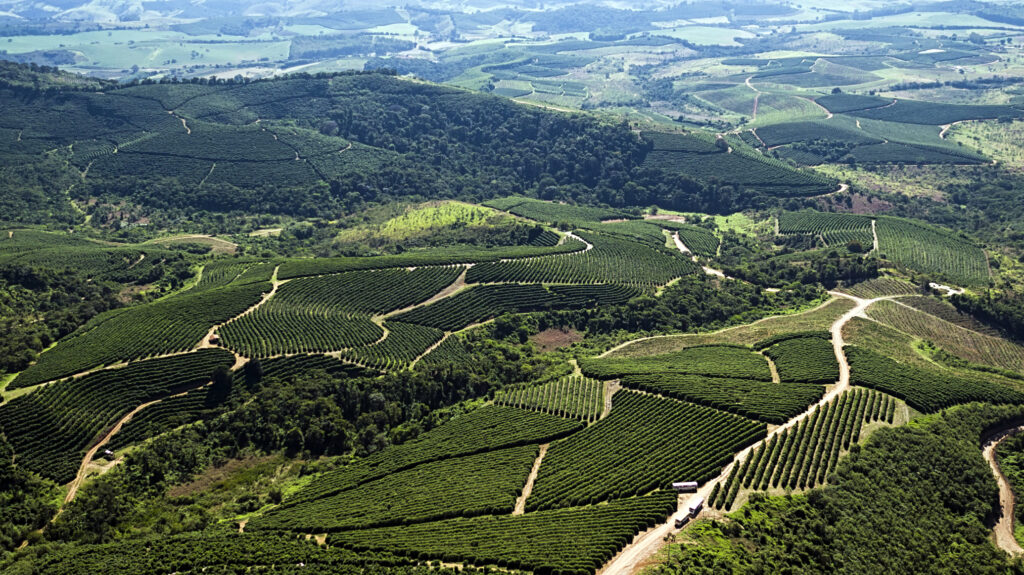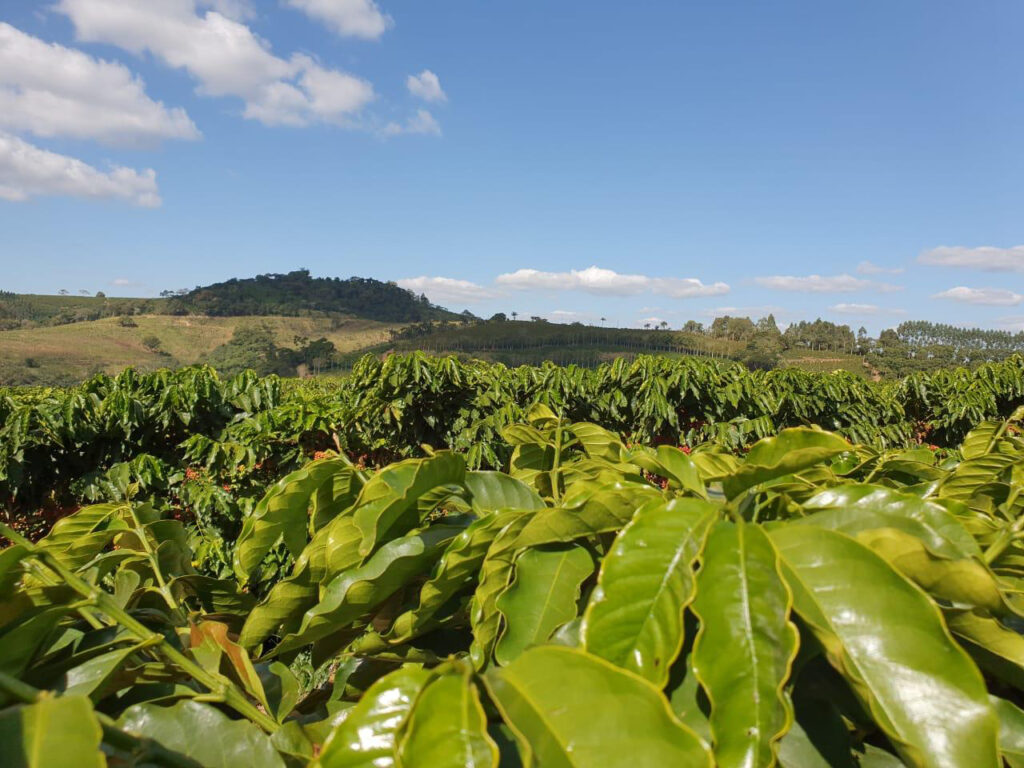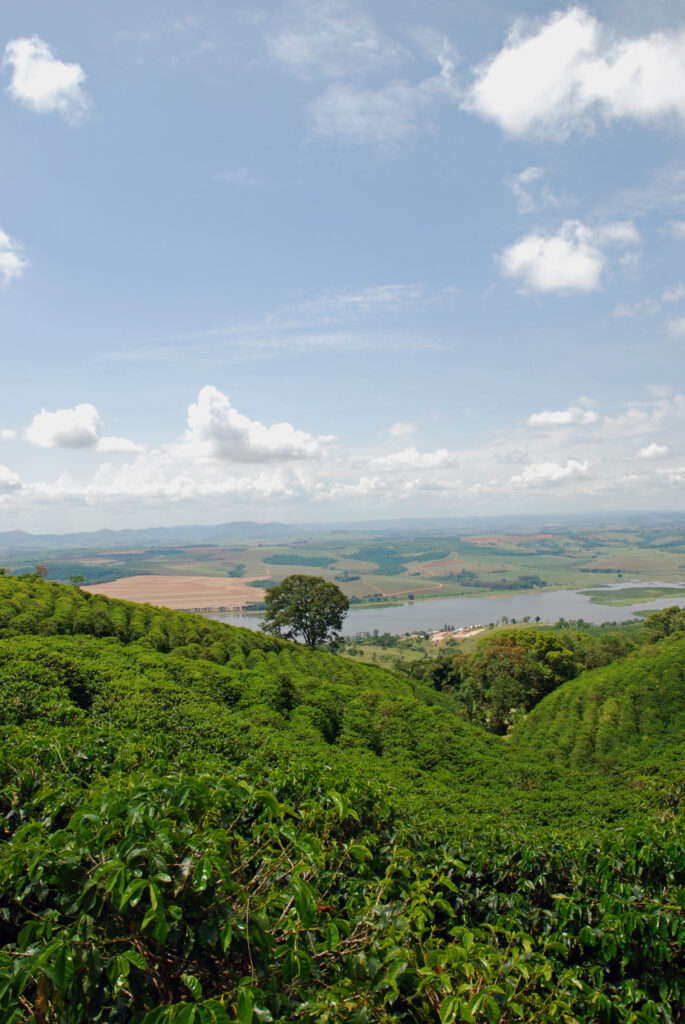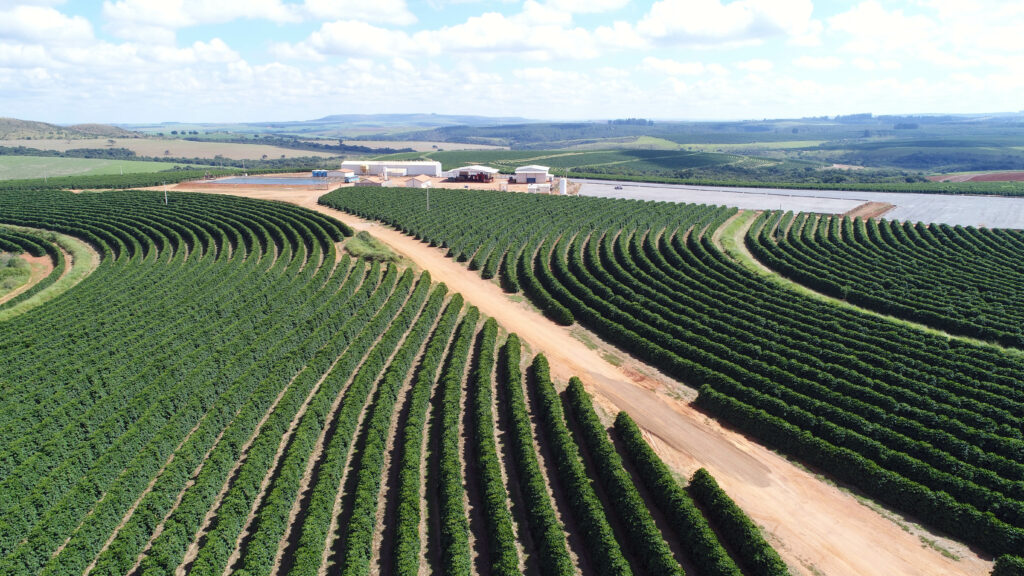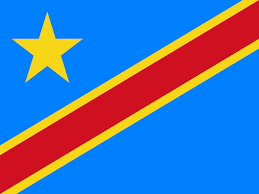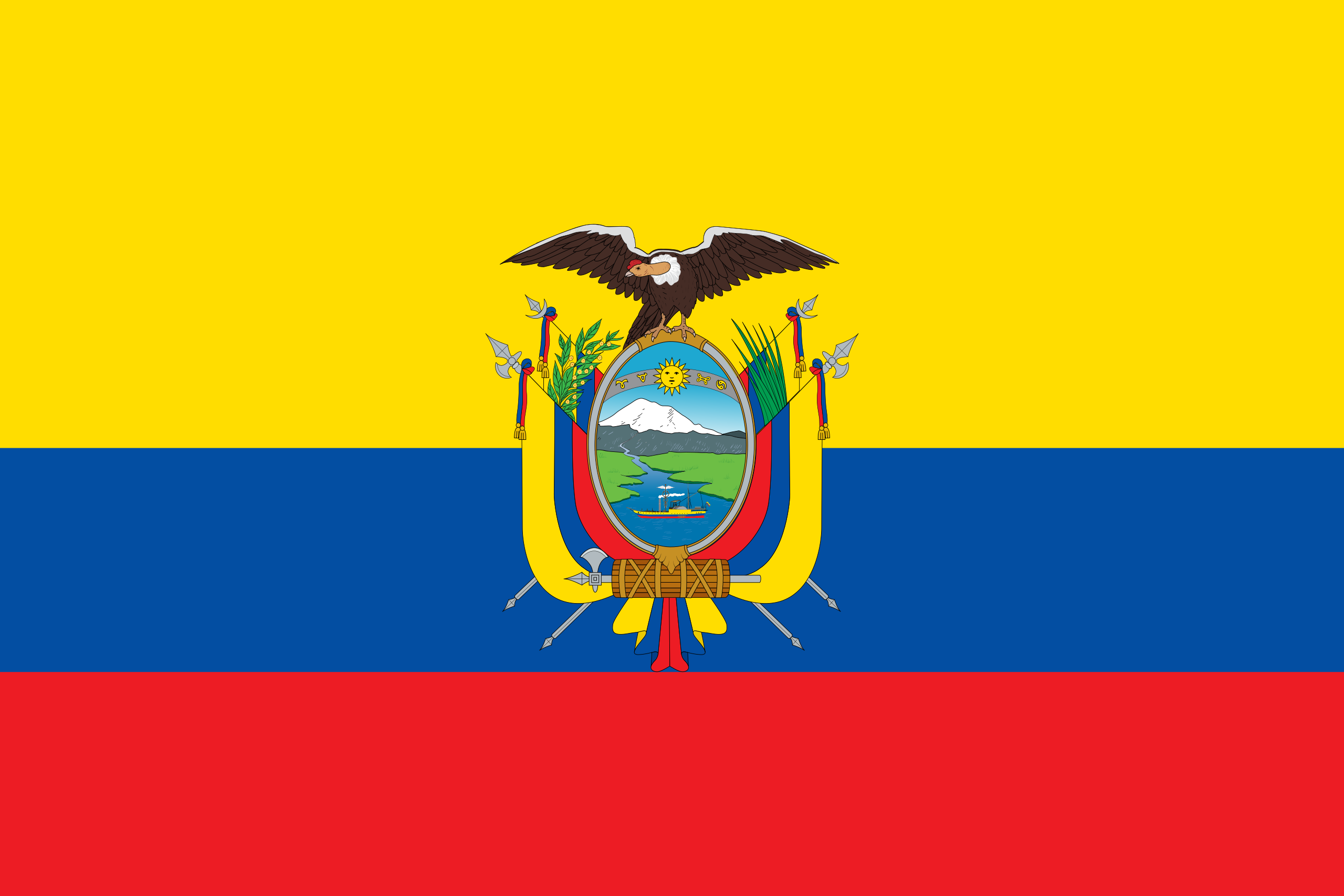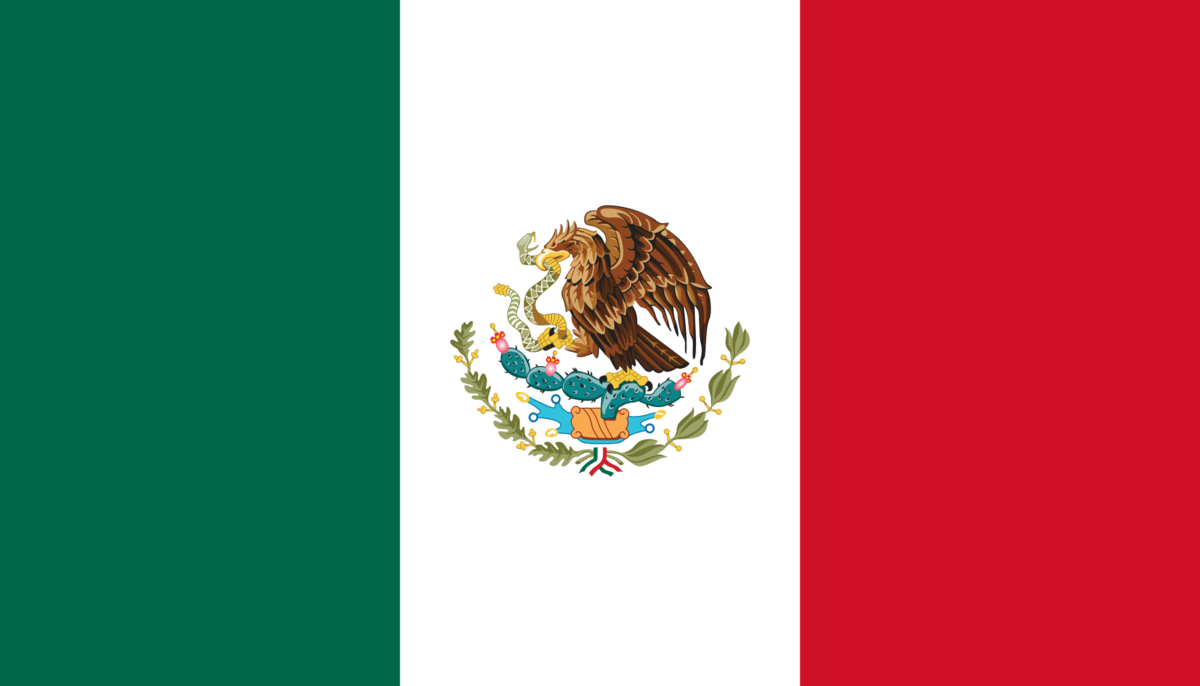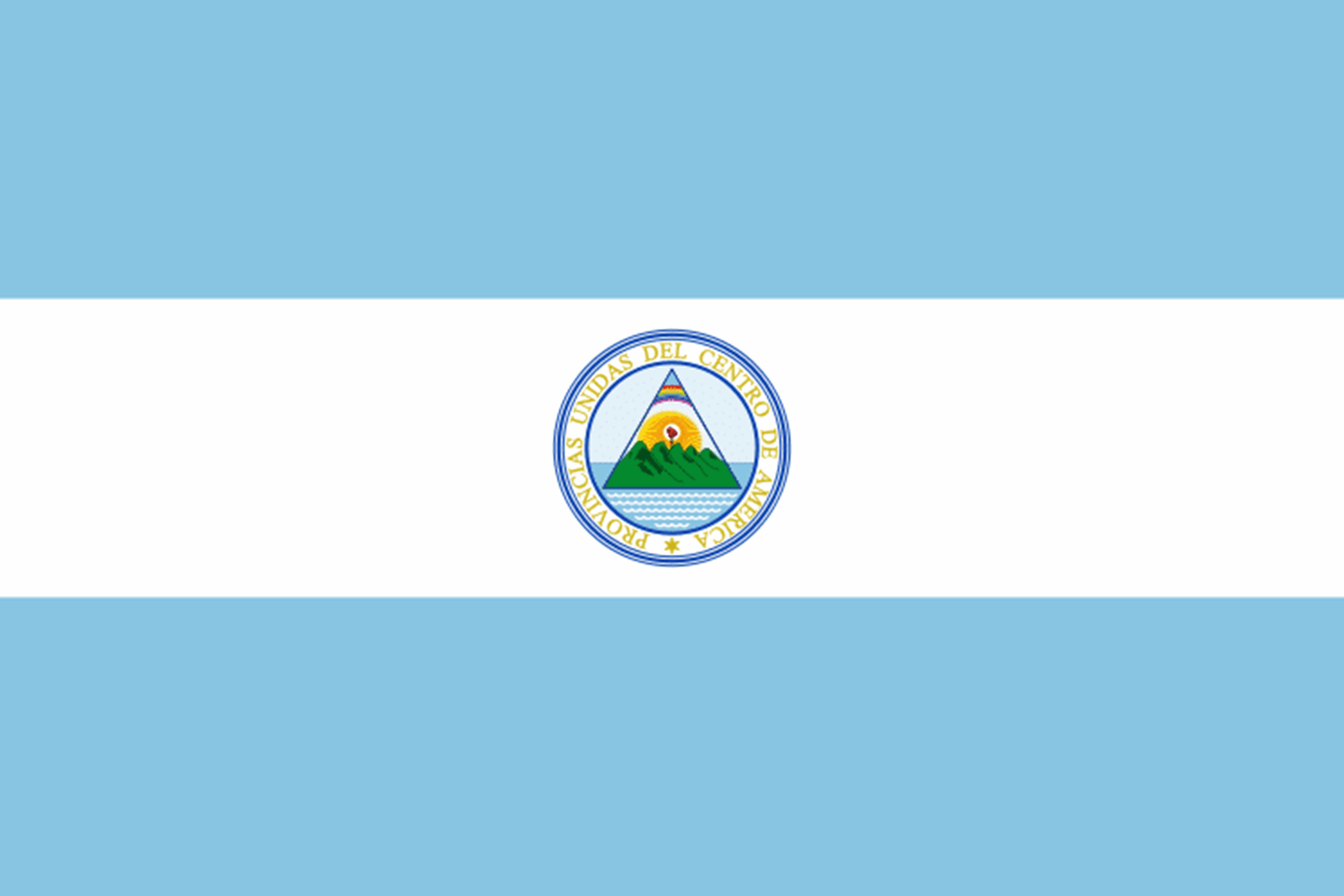The powerhouse behind coffee production has a unique rise-to-fame story.
Coffee was introduced to the country back in the early 18th century, with a unique and riveting story. In 1727, the Portuguese government sent a soldier – Lt. Col. Francisco de Melo Palheta – to smuggle coffee seeds from French Guiana, under the cover of mediating a border dispute. The Lieutenant is said to have smuggled coffee after winning over the Governor of Cayenne’s wife, who placed coffee seeds in a bouquet.
View Coffees-
Place In World For Coffee Exporter1st
-
Sacks (60kg) exported annuallyApprox: 40,698,000
-
Percentage of world coffee market31%
-
Other major agricultural exportsSugar, Soybean, Wheat
-
Typical varieties produced80% Arabica: Bourbon, Catuai, Acaia, Mundo Novo, Icatu among many others
-
Key coffee regionsSul de Minas, Matas de Minas, Cerrado, Chapadas de Minas, Mogiana, Espirito Santo, Paraná and Bahia.
-
Typical harvest timesMay - September
-
Typically availableYear Round
